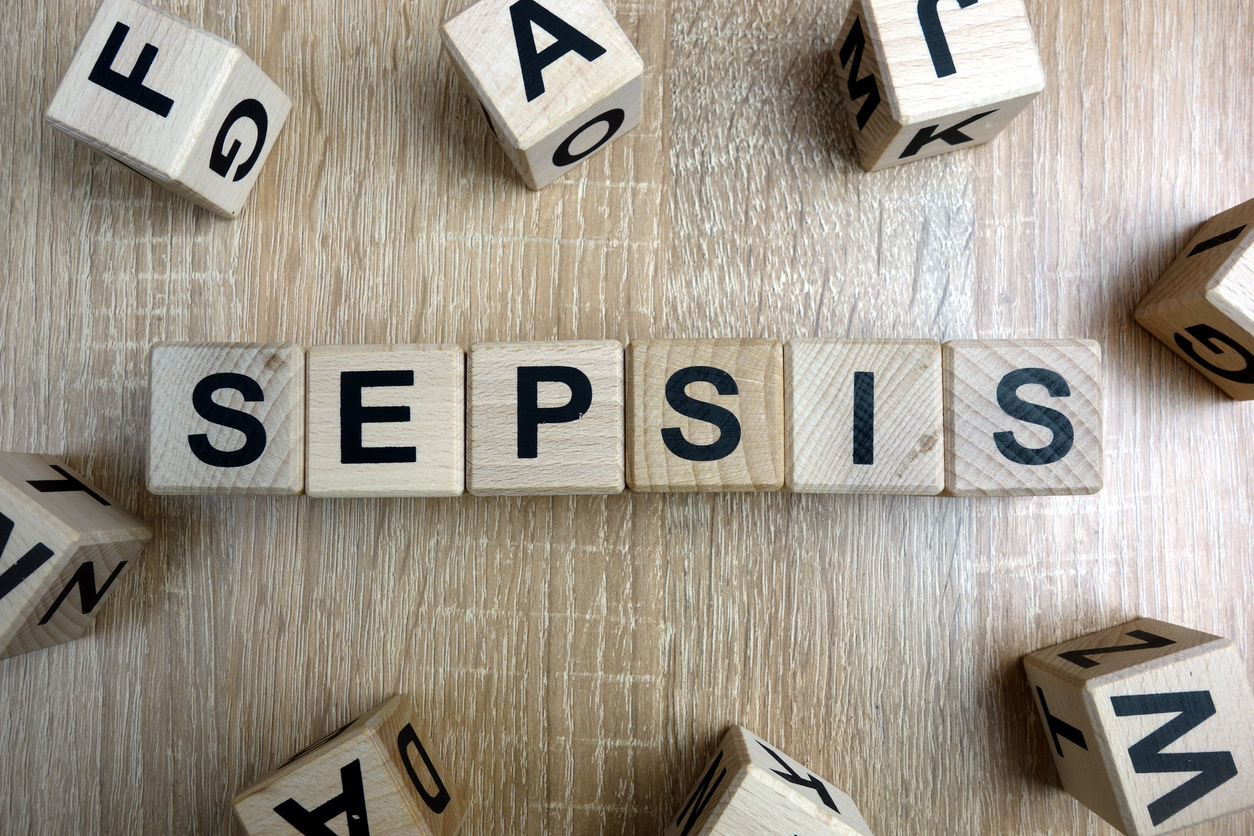2025-01-20
Beating the winter blues: when lifestyle makes a difference
Psychiatry
Seasonal Affective Disorder (SAD) is a form of recurrent depression
linked to seasonal changes, particularly in autumn and winter when daylight
decreases. Symptoms include persistent fatigue, loss of energy, increased need
for sleep, strong cravings for carbohydrates, weight gain, and reduced
motivation or interest in daily activities. In severe cases, it may even lead
to feelings of hopelessness or social withdrawal.
The primary causes include a disruption of the circadian rhythm caused by a lack of natural light, leading to dysregulation in the production of melatonin and serotonin—key hormones in mood and sleep regulation. Abnormalities in monoaminergic systems, which modulate dopamine and norepinephrine, as well as genetic predisposition, may also play a significant role in the development of SAD.
While traditional treatments such as light therapy, antidepressants, and psychotherapy are effective, they are not suitable for everyone. Lifestyle modifications, including a balanced diet, regular physical activity, exposure to natural light, or stress management techniques, are gaining popularity as alternatives or complementary approaches.
For more insights: Beating the Winter Blues: Light Therapy in the Spotlight
Limited Evidence of Effectiveness. While improvements in depression scores were observed in both intervention and control groups, these results remain unreliable. Small sample sizes (18 to 61 participants) and high risks of methodological bias significantly limit the robustness and generalizability of the findings.
Dietary Modifications. Studies on carbohydrate-rich diets showed a reduction in depressive symptoms; however, these effects were not significantly greater than those observed with a placebo. No clear recommendations regarding the role of diet in managing SAD could be established.
Physical Exercise and Outdoor Exposure. Exercise programs, such as daily physical activity under bright light, led to a significant reduction in depression scores, comparable to light therapy. Exposure to natural outdoor light also showed beneficial effects. However, methodological limitations persist.
Other Interventions. Promising results were noted for music therapy and sleep deprivation-based interventions. Nevertheless, the data remain insufficient to form solid recommendations.
This study aimed to assess the effectiveness of lifestyle modifications, such as diet, exercise, or outdoor exposure, in alleviating SAD symptoms. Although improvements in depression scores were observed, the findings indicate limited evidence of effectiveness due to small sample sizes and high risks of methodological bias. No definitive conclusions can be drawn about the actual impact of these interventions.
Despite these limitations, lifestyle-based interventions offer promising perspectives. Accessible, safe, and cost-effective, they could be helpful for patients hesitant to use medications or as complementary options alongside traditional treatments. More rigorous studies with larger samples are needed to better understand their efficacy and to develop reliable recommendations for integrating these approaches into the management of SAD.
The primary causes include a disruption of the circadian rhythm caused by a lack of natural light, leading to dysregulation in the production of melatonin and serotonin—key hormones in mood and sleep regulation. Abnormalities in monoaminergic systems, which modulate dopamine and norepinephrine, as well as genetic predisposition, may also play a significant role in the development of SAD.
While traditional treatments such as light therapy, antidepressants, and psychotherapy are effective, they are not suitable for everyone. Lifestyle modifications, including a balanced diet, regular physical activity, exposure to natural light, or stress management techniques, are gaining popularity as alternatives or complementary approaches.
For more insights: Beating the Winter Blues: Light Therapy in the Spotlight
Diet, Exercise, and Light: What Do Studies Say?
This research explores the efficacy and safety of lifestyle interventions for managing SAD. Six studies focusing on dietary modifications (carbohydrate-rich diets), physical exercise, outdoor exposure, sleep, and mindfulness techniques (e.g., music therapy) were analyzed. The effectiveness of these interventions was measured by observing reductions in depressive symptoms using validated psychiatric scales, compared to a control group.Limited Evidence of Effectiveness. While improvements in depression scores were observed in both intervention and control groups, these results remain unreliable. Small sample sizes (18 to 61 participants) and high risks of methodological bias significantly limit the robustness and generalizability of the findings.
Dietary Modifications. Studies on carbohydrate-rich diets showed a reduction in depressive symptoms; however, these effects were not significantly greater than those observed with a placebo. No clear recommendations regarding the role of diet in managing SAD could be established.
Physical Exercise and Outdoor Exposure. Exercise programs, such as daily physical activity under bright light, led to a significant reduction in depression scores, comparable to light therapy. Exposure to natural outdoor light also showed beneficial effects. However, methodological limitations persist.
Other Interventions. Promising results were noted for music therapy and sleep deprivation-based interventions. Nevertheless, the data remain insufficient to form solid recommendations.
Revolutionizing SAD Management Through Lifestyle Choices
SAD is a common mental health issue that affects millions of people during autumn and winter. It leads to fatigue, depression, and behavioral changes, often linked to a disruption of the circadian rhythm. Exploring accessible and affordable solutions, alongside conventional treatments like light therapy or antidepressants, is essential to better support patients.This study aimed to assess the effectiveness of lifestyle modifications, such as diet, exercise, or outdoor exposure, in alleviating SAD symptoms. Although improvements in depression scores were observed, the findings indicate limited evidence of effectiveness due to small sample sizes and high risks of methodological bias. No definitive conclusions can be drawn about the actual impact of these interventions.
Despite these limitations, lifestyle-based interventions offer promising perspectives. Accessible, safe, and cost-effective, they could be helpful for patients hesitant to use medications or as complementary options alongside traditional treatments. More rigorous studies with larger samples are needed to better understand their efficacy and to develop reliable recommendations for integrating these approaches into the management of SAD.

Last press reviews
Sepsis & homocysteine: a biomarker under influence?

#Sepsis #Homocysteine #Biomarker #Mortality #PersonalizedMedicine #Inte...

